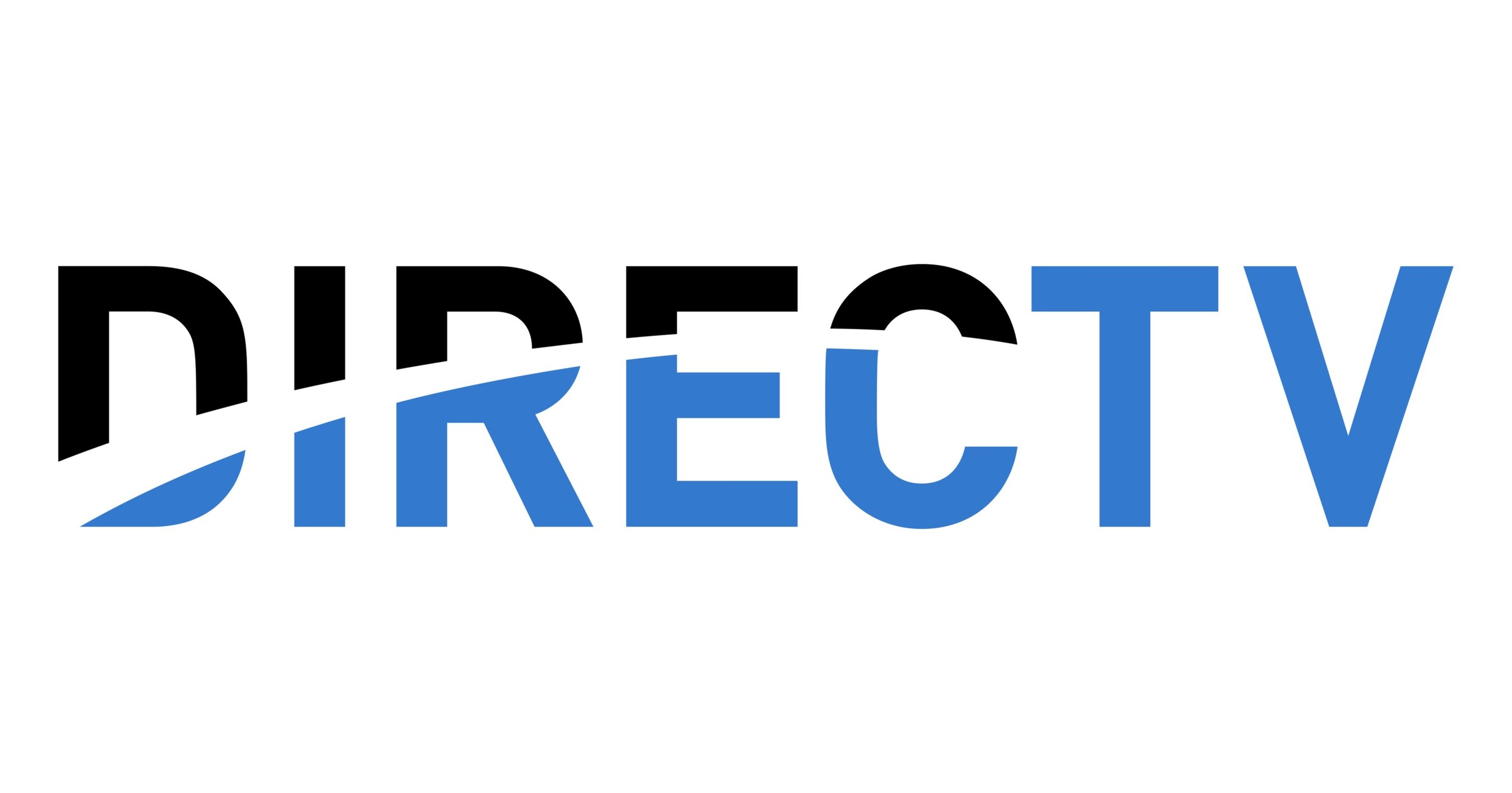Bussiness
A 56-year-old recruiter sets aside $12 a day for her longevity routine to slow aging. Here’s how she spends it.
- Julie Gibson Clark says you don’t have to spend a lot to improve your longevity.
- Her daily habits include vegetable eating, trips to the gym and sauna, and some time for meditation.
- She spends about $12 a day on her strategy, a price tag that includes some groceries.
Julie Gibson Clark has been biohacking since long before it was a cool thing to do. It runs in her family.
Her dad, a NASA astronaut on Skylab in the 1970s, instilled in her from a young age the idea that food was fuel. She grew up learning that you can engineer peak performance through the proper training and nutrients.
But it wasn’t until Clark, now 56 and a recruiter, became an adult that she really became interested in optimizing her healthspan. Her aim now is to slow down the aging process, improving her overall health, plus getting stronger, slimmer, and less stressed as a result.
And she’s gotten really good at it. In 2023, she was ranked number two in the worldwide “Rejuvenation Olympics,” beating tech founder Bryan Johnson at his own game, with a pace of aging of around 0.66, according to a Dunedin PACE blood test. That’s roughly 34% slower than time.
For about 25 years prior, she’d been slowly tweaking her own longevity strategy. It started out with just a few supplements and some home cooking in her early 30s to help manage persistent acid reflux. Slowly, but surely, she began seeing benefits and changes in her body. She quit drinking and eventually, she stopped taking her antidepressant.
She says her formula is simple, and she only changes it slowly and methodically when it suits her “why” — which is to remain in good health for as long as possible, so she can travel, learn, and enjoy time with her teenage son as he grows up.
Courtesy of Julie Gibson Clark
“You’ve got to figure out what’s your ‘why,’ what’s your intention, and what are your resources?” Clark told Business Insider.
Clark feels strongly that you don’t have to invest in expensive procedures or gadgets to do it well. Affordable diet and workout hacks can get you pretty far when it comes to healthy aging.
“You have to go, ‘Well, this is the rest of my life.’ This isn’t 10 weeks to the beach body, or even four weeks, or any of those things,” she said. “I’m going to take one new thing and I’m going to do it until it’s so habitual, it’s as easy as brushing my teeth.”
Her habits also include daily prayers every morning, a meditation session in the early afternoon, and a solid 7 a.m. gym routine, after which she treats herself to a hot sauna and a cold shower.
How to spend $370 a month on longevity
Clark treats herself to a sauna and cold shower combo after working out. She likes to think of it like a mini spa treatment.
She loves leafy greens.
In the summertime, when it’s really hot, she’ll boil two big bags of spinach and keep them in the fridge to add to meals, like spaghetti sauce. In the winter, she likes adding them to a midmorning greens latte.
Dr Dean Sherzai, a brain doctor who specializes in preventive care for dementia, says adding two servings of greens to your diet per day is a great way to promote and preserve brain health as you age.
Clark focuses on eating a pound of vegetables every day, from morning to night, plus getting a good dose of protein into her diet, a macronutrient that recent studies suggest is key for healthy aging in women.
She typically shops at Sprouts about once a week for the organic veggie haul (not including greens), including purple carrots, sweet potatoes, and celery. She rounds her veg-forward diet out with proteins like chicken, eggs, or meat from local farmers.
“I try to get a whole rainbow of stuff,” she said, depending on what looks good around the periphery of the market.
Eating vegetables is consistently linked to longer, healthier lives. Vegetables are a complex mix of fiber and vitamins. The phytochemicals that give veggies their bright colors have myriad benefits that go beyond what fits on a nutrition label.
A supplement popular with longevity-seekers, it is thought to promote cellular health and boost energy.
-
NOVOS Core: $80
Clark spreads out supplements she takes over the course of the day. Farion_O/Getty Images
This is a powder supplement touted to “slow down aging.”
It includes 12 different ingredients, including a microdose of lithium and AKG, a popular longevity booster thought to improve muscle health and wound healing.
Clark started taking NOVOS Core during a particularly stressful time in her life. She said she was shocked when, after about six months on the product, her pace of aging was reduced by 8%, according to TruDiagnostic tests. It’s made her a believer in the product, and for the past several months she’s been earning a 10% commission from Novos through an affiliate link on her website.
- Prescription compounded hormone replacement therapy, for menopause: $50
Recent evidence suggests hormone therapy can improve biological aging in postmenopausal women.
This is a combination supplement. Some research suggests vitamin D supplementation (plus calcium) may be linked to fewer cancer deaths in women.
- Magnesium taurate and magnesium glycinate: $7 and $9
Magnesium deficiency is common. Experts say roughly half of the US may not get enough in their diet. Leafy greens like spinach and kale are a great way to get more.
B vitamins help our body extract and produce energy from foods we eat.
Omega-3 is an essential fatty acid that the body can’t make on its own, so people need to get it from food or supplements. It supports brain health.








